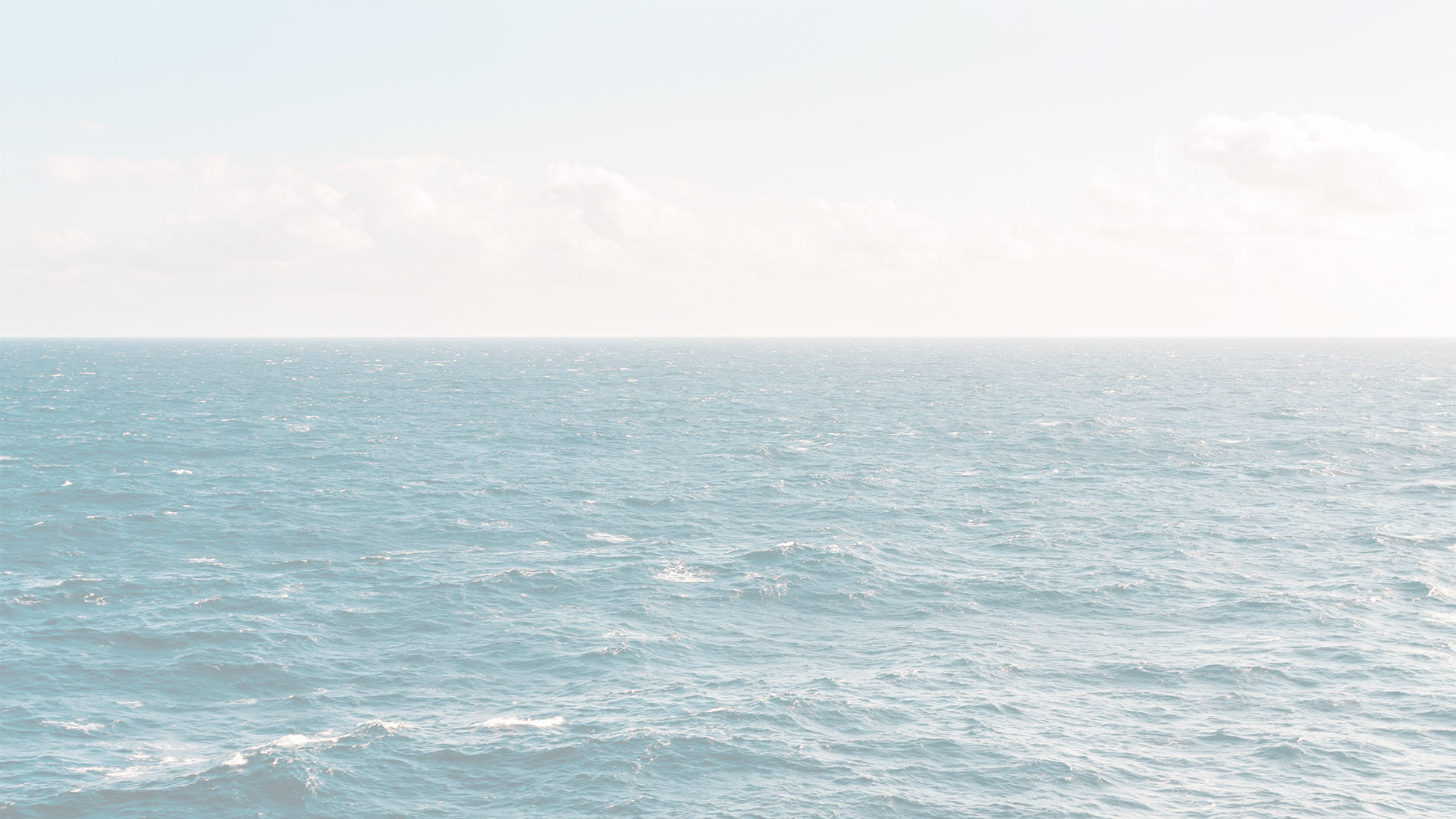
Our international research cooperation activities have compelled us to design multi-actor communication strategies and have made us excel in creating innovative knowledge pathways. We have recognised the gaps that exist in the research process and have learned how to address them with individual attention using the following intertwined approaches:
Knowledge Management
We use cutting edge technologies and approaches from remote sensing and GIS applications to speed geeking that fall under the Knowledge Management umbrella if it helps in capturing, assimilating and create new spatial “knowledge”, that shapes & increases the Intellectual Capital of partners and endusers.
Thus we design customised Communication Strategies addressed to a) project partners and b) stakeholders & endusers. Our customised Communication Strategies and mind maps are aimed to turn data and information into understanding the environmental dynamics and human impact on landscapes.
Thus we design customised Communication Strategies addressed to a) project partners and b) stakeholders & endusers. Our customised Communication Strategies and mind maps are aimed to turn data and information into understanding the environmental dynamics and human impact on landscapes.
Participatory Mapping
We employ a very varied portfolio of Participatory Approaches and visualization techniques including PPGIS to build perception and thematic maps that actively stimulate people from different sectors & different backgrounds to work together & enables us to feed the outcome into the scientific research process.
With this exciting new crowdsourcing approach we are capturing several viewpoints and encouraging participants to think spatially. Through this process, we are building a new bottom up approach that is giving rise to a new type of local governance. We are empowering the people we are working with, giving them a sense of ownership and responsibility towards their resources (whether water or the land they live on) and we are in the meantime building trust and enabling a long term process of social learning.
With this exciting new crowdsourcing approach we are capturing several viewpoints and encouraging participants to think spatially. Through this process, we are building a new bottom up approach that is giving rise to a new type of local governance. We are empowering the people we are working with, giving them a sense of ownership and responsibility towards their resources (whether water or the land they live on) and we are in the meantime building trust and enabling a long term process of social learning.
Outreach Strategies
Our Outreach strategies grow & interweave with & from our Knowledge Management & Participatory activities together with out of the box initiatives and processes.
The "messages" that emerge are then put in various formats, from the usual brochures, posters, factsheets through staging dynamic ‘marketplace’ exhibitions, interactive booths at international expos and participating in Share fairs, to the use of the social media & others.
All the above allows us to draw up and publish not just scientific publications but also effective WebGIS educational outreach, TV documentaries, Policy Briefs, Local Charters, Toolkits, Recommendations, Guidelines & Vision Statements for the future.
The "messages" that emerge are then put in various formats, from the usual brochures, posters, factsheets through staging dynamic ‘marketplace’ exhibitions, interactive booths at international expos and participating in Share fairs, to the use of the social media & others.
All the above allows us to draw up and publish not just scientific publications but also effective WebGIS educational outreach, TV documentaries, Policy Briefs, Local Charters, Toolkits, Recommendations, Guidelines & Vision Statements for the future.
